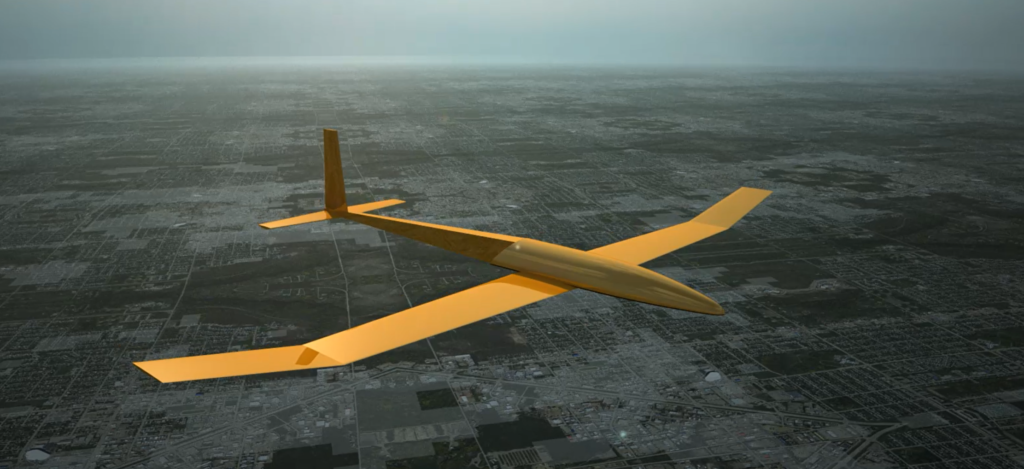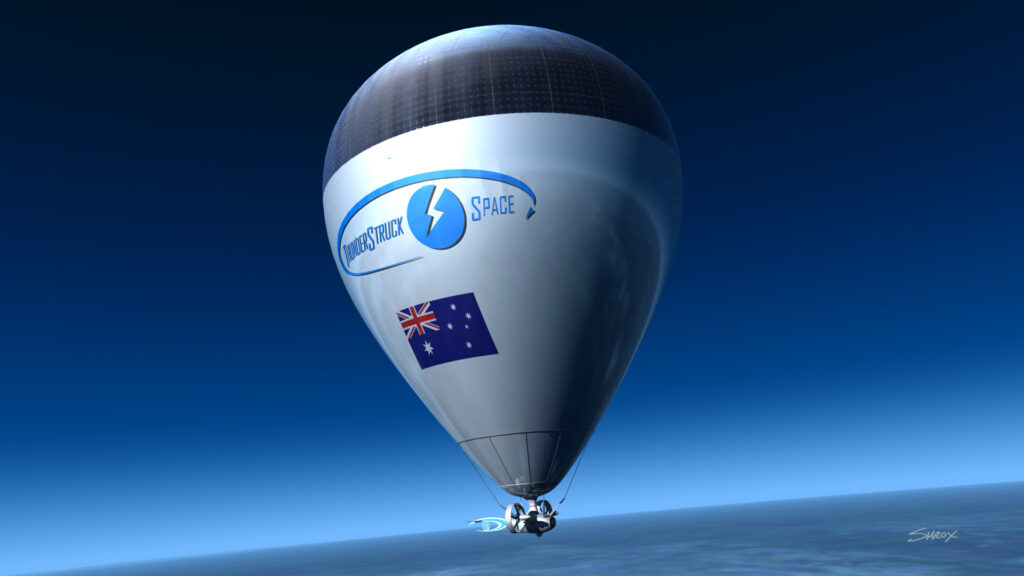New ISR Drone Project

Above is a snapshot of some current R&D research being carried out by Flight Design. It is our ISR Drone. Wings are deployed when released from a protective tube at altitude. You will notice no control surfaces and no visible means of propulsion. Both are handled by fluidic propulsion. More later in this post.
R&D Opportunities
Research and Development requires both innovation and hard science. Flight Design strongly believes that it needs to produce future profit. As such each project needs to tick several boxes before it gets the green light to proceed.
R&D activities are needed to undertake and to innovate to introduce new products and new services. R&D is usually the first stage in any development project. It is either key to success when the technology is radical or it is essential when differentiating one company’s product from another. It is essential for the patenting process. It is often the first stage in the development process. The goal is typically to take new products and services to market and add to the company’s bottom line. It is also important that products are within the company’s brief and capability.
Currently Flight Design provides services such as NSW first Drone Range and High Altitude Balloon flights. These balloon flights often involve R&D, but other than some primary input for new technology such as payload pointing and balloon loitering (hovering in the air flow), the involvement is brief. It’s mainly confirming the technology needed to create new services demanded by customers.
Major Projects
Currently our main goal is to create our StratoDrone. a key platform for the future of surveillance, fire fighting, storm recovery and telecommunications. It has a massive need in commercial, government and Defence futures. It would be a huge game changer in many

Our StratoDrone project has been badly delayed by Covid lockdowns and travel restrictions. Further delays have come from flooding. Our current balloon flights to the Stratosphere flights that have furthered our work on our systems and have created new business opportunities. The ability to keep our payload pointed as required is a huge step towards our StratoDrone build. One important step forward is the efficiencies produced by Fluidic Propulsion.
Fluidic Propulsion
Our current R&D work is focused on Fluidic Propulsion for high altitude propulsion. Propellers are very inefficient and motors overheat. Fluidic propulsion solves those issues. Fluidic Propulsion is simply the movement of air as a fluid. For those that have seen the Dyson bladeless fan, you have seen one application of fluidic propulsion.
Our work focusses on our systems living in the tropopause. this is around 16 to 18Km around the centre of NSW, Australia. We want to be in the tropopause as it is normally the lowest wind strength in this region of the atmosphere. This is the focus of our flight areas. That is around 60,000ft and according to the “Engineering Toolbox site, that is roughly 10% of sea level density,
https://www.engineeringtoolbox.com/standard-atmosphere-d_604.html
The two large propeller units on our StratoDrone can be replaced by Dyson type fans. Efficiency increases are in the region of 10x due to Coanda Effect and a further 5x increase in efficiency due to Fluid Entrainment. Time for readers to look up these things themselves. The systems are only part of the bigger picture and that is as far as this article extends.
Fluidic Propulsion applies to both our StratoDrone and our ISR Drone. Specifically, with the drone, air flow differences over the wings and other surfaces will provide the control of roll, pitch and yaw. There will still be the need for control tabs to create stable flight while minimising the air flow power needed. As the craft is not a glider (but can glider) it will require propulsional airflow of the wings, rudder and elevator to maintain altitude. although airflow over the surfaces, if done correctly, will provide huge efficiencies, a simple gimballed jet of air from the rear is possible effectively decreasing weight and minimise any base drag
Other Components.
In this post we have only mentioned a couple of basic components. For instance propulsion on our StratoDrone will need to look at air flow around the balloon and how to keep that stable and not to become turbulent. It will need to consider rotating around the large balloon if the throttle demands a power up. Add to that flight control systems that have never been considered before. The list of systems is long and the altitude of operation is chemically harsh as well as extremely cold and unforgiving. Basically what goes up, will eventually come down. It is essential that as much control be possible in the event of a failure.
ISR Drone
It is expected that a “carrier craft” will take the ISR drone to altitudes of 40,000 feet. These would require commercial small jet engines and be able to take of from a short runway of sports field with the use of a ramp and wheels that fall away. At altitude, the ISR Drone would drop from its protective fairing and deploy its wings, Wing Deployment would be as indicated below. The surface would be covered in solar panels and solar will keep the craft aloft during dayliaght hours and then battery operation for night time flight..
This video provides only a starting point. Tests are proceeding on several levels to produce the data needed to confirm the way forward. The systems are very new and radical. Radical is good as it can provide massive benefits or it may fail or seem to fail. simple adjustments may make an amazing difference. Research is not just important, it is needed in the extreme to both test and optimise the outcome.
